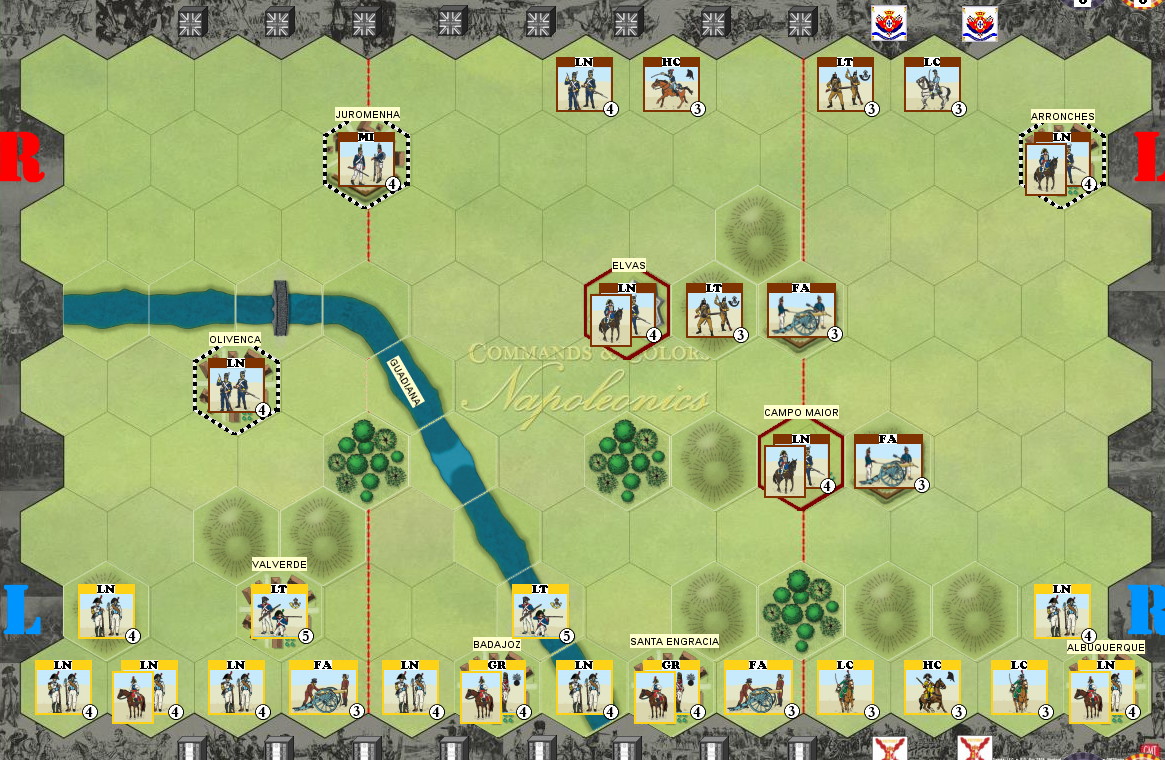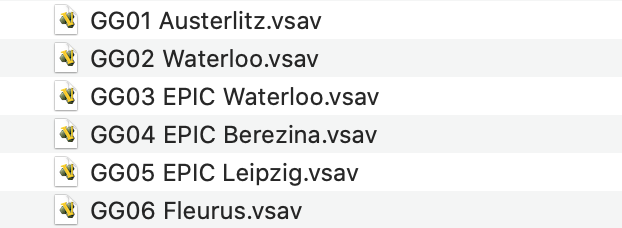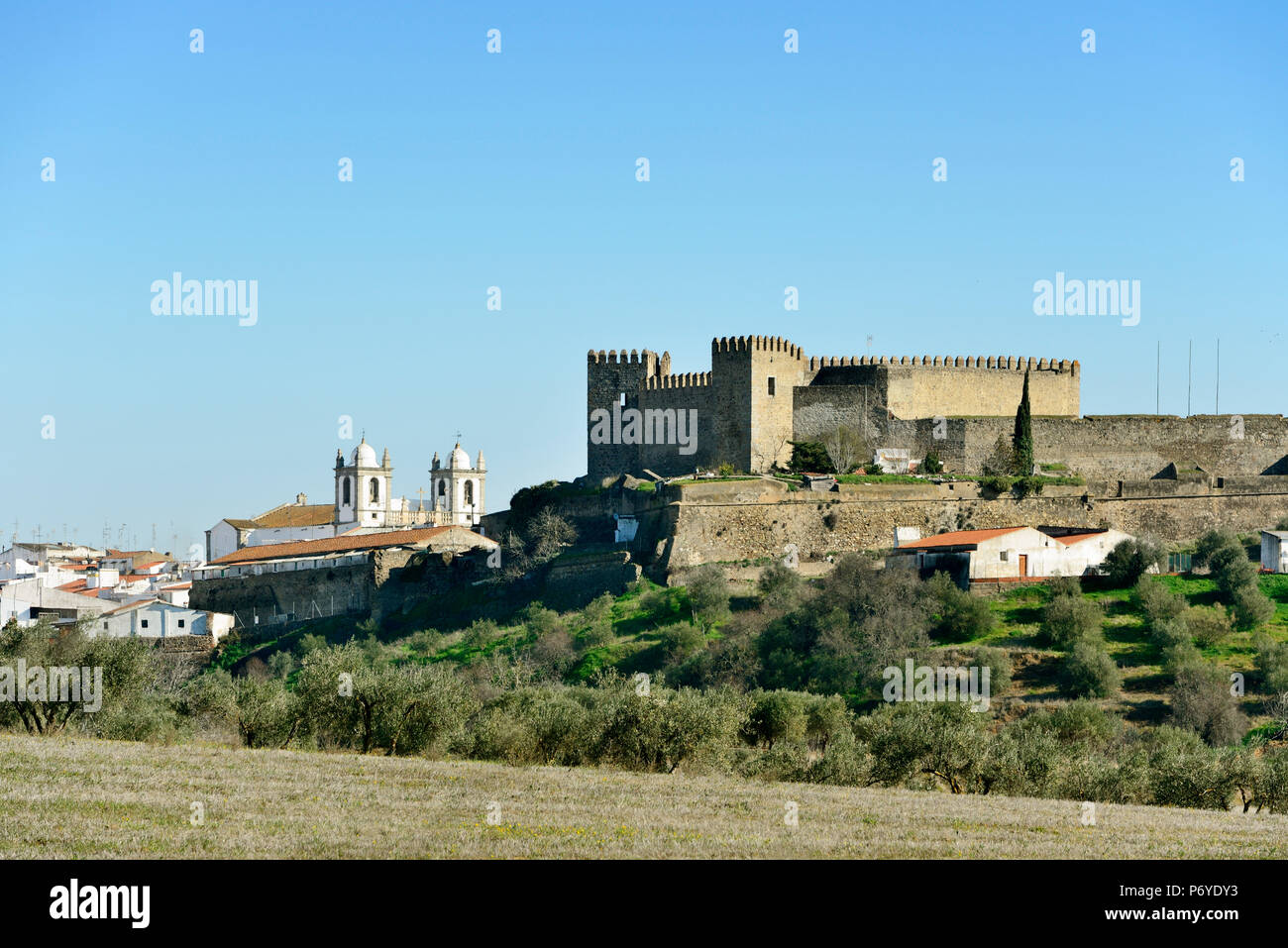Historical Background
In 1800, First Consul Bonaparte and his ally, the Spanish prime-minister and Generalissimo Manuel de Godoy ultimately demanded Portugal, the last British ally on the continent, to break her alliance with Britain. Portugal refused to cede, and, in April 1801, French troops arrived in the country. They were bolstered by Spanish troops under the command of Manuel de Godoy. The Spanish attack to Portugal started on the early morning of the 20 May, and focused on the Portuguese border region that included the main Garrison Town and Fortifications of Elvas and the smaller fortified towns of Campo Maior. Without having their fortifications complete and defended only by a few hundred soldiers, most of the militias, Olivença and nearby Juromenha quickly surrendered to the Spanish forces. The Portuguese garrison of Campo Maior resisted the assault for 17 days, forcing the Spanish to maintain two entire divisions in its siege. The main Spanish force tried to assault Elvas but was easily repelled by the strong Portuguese garrison. The Spanish troops then withdrew to a safe distance from the fortress, with Godoy not daring to attack it again until the end of the war. The war entered in a stalemate, with most of the Spanish forces hold in sieges of fortresses and the rest not being able to face the blockade made by the main core of the Portuguese Army, in order to advance further inside Portugal. Despite this, Godoy picked oranges from the outside of Elvas and sent them to the Queen of Spain with the message that he would proceed to Lisbon. Thus, the conflict became known as the "War of the Oranges". The stage is set. The battle lines are drawn and you are in command. Can you change history?

Battle Notes
Portuguese Army
Commander: Duque de Lafoes
4 Command Cards
Option: 2 Tactician Cards![]()
![]()
![]()
![]()
Spanish Army
Commander: Manuel de Godoy
5 Command Cards
Option: 4 Tactician Cards
Move first![]()
![]()
![]()
![]()
![]()
![]()
Victory
8 Banners
Special Rules
• The 3 Portuguese towns plus the fortress of Elvas and the church of Campo Maior form a Temporary Majority Group worth 1 banner for the side that occupies an absolute majority of those 5 hexes at the start of his turn.
• For each scout card played the Portuguese player may gain 1 Permanent Victory Banner but then will only draw 1 Command Card instead of 2 at the end of his turn.
• For each scout card played the Spanish player may first apply a "Short Supply" to any Portuguese unit except those in Elvas and Campo Maior but then will only draw 1 Command Card instead of 2 at the end of his turn.
• The Guadiana river is fordable. The ford does not stop movement but battle restrictions still apply.
• The Spanish Guerrilla rule is not in effect.


